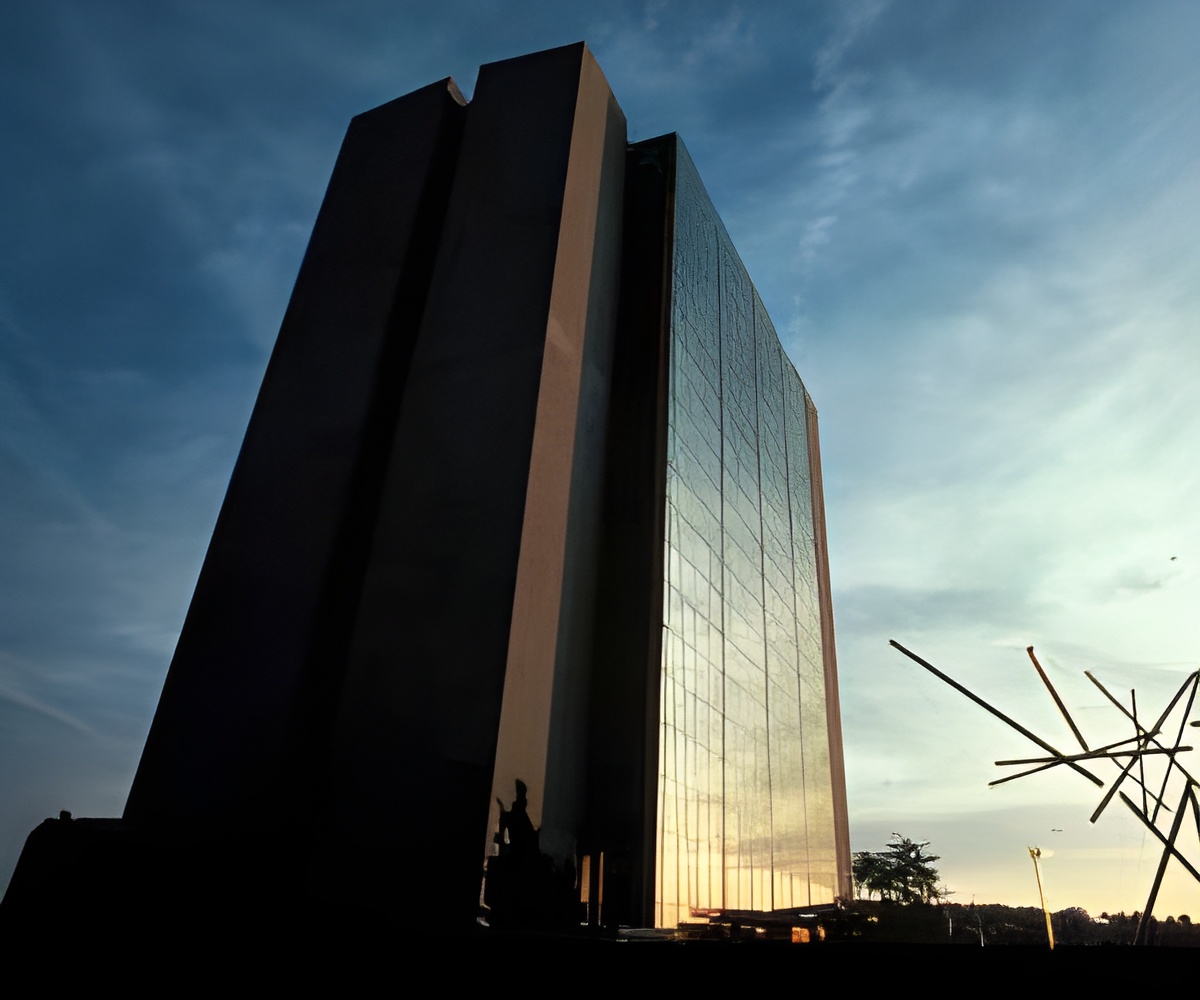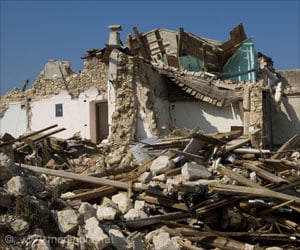
‘Chile is prone to volcanic eruptions and earthquakes. The Chilean law demands that buildings must save lives during an earthquake by remaining standing.’
Tweet it Now
But it is also resilient, thanks largely to its demanding building code. The standard is that buildings must save lives during an earthquake by remaining standing. Chilean law also holds builders liable for construction deficiencies, giving them ample incentive to make sure their structures are quake-resistant.
That means investing in enough steel, concrete and anti-quake technology to last a building's lifetime.
Fernando Guarello, a former director of the national architects' association, said, "The engineering design (of a building) is fully integrated into the architectural design. Keeping buildings upright through years of quakes large and small is no small feat. There will always be damages. They may not be very visible. But the materials will always suffer when they're squeezed and stretched."
The country learned some key lessons from an 8.8-magnitude earthquake that struck on February 27, 2010. The quake and subsequent tsunami killed more than 500 people.
Advertisement
Lawmakers tightened the rules after that, and builders doubled down on new anti-quake technology.
Advertisement
There is no such thing as zero risk in an earthquake, but Chilean architects have become masters at getting as close as possible thanks to anti-quake measures.
One of the methods is base isolation, which decouples the building proper from its substructure, protecting it with layers of rubber and steel that act like the shock absorbers on a car.
They reduce potential damage by 80% - but are currently only required in essential public buildings such as hospitals.
Then there is energy dissipation: mechanical systems that pass the energy of an earthquake onto specialized devices that crumple or yield, so that the building absorbs less of the impact. They reduce potential damage by 40%.
De la Llera is currently working on retrofitting one of Santiago's oldest buildings with base isolation: the Basilica del Salvador, a 19th-century building that was badly damaged in the 1985 and 2010 quakes. There will undoubtedly be plenty of chances to see if it works.
Source-AFP










